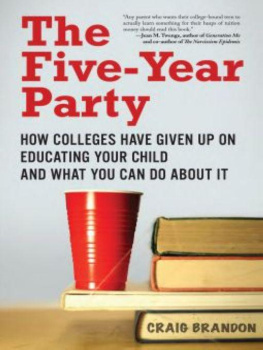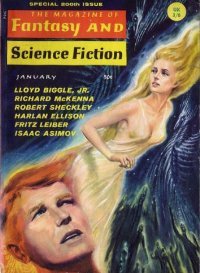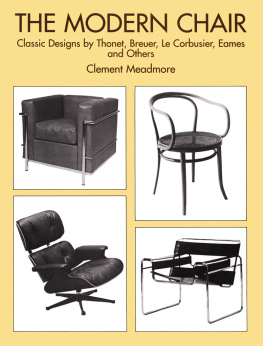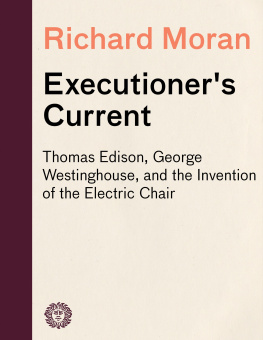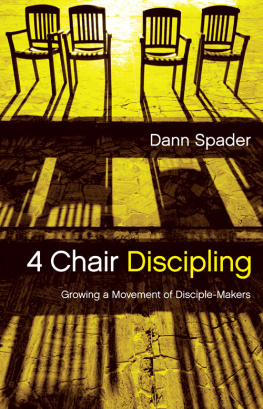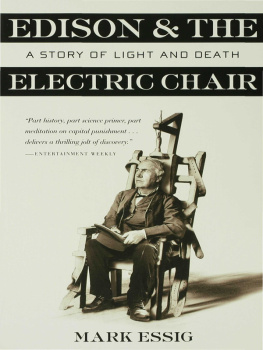Cover
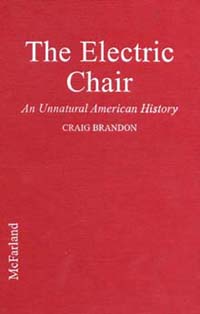
| title | : | The Electric Chair : An Unnatural American History |
| author | : | Brandon, Craig. |
| publisher | : | McFarland & Company Publishers |
| isbn10 | asin | : |
| print isbn13 | : | 9780786406869 |
| ebook isbn13 | : | 9780585384764 |
| language | : | English |
| subject | Capital punishment--United States--History, Electrocution--United States--History. |
| publication date | : | 1999 |
| lcc | : | HV8699.U5B69 1999eb |
| ddc | : | 364.66/0973 |
| subject | : | Capital punishment--United States--History, Electrocution--United States--History. |
Page i
The Electric Chair
Page ii
Page iii
The Electric
Chair
An Unnatural American History
by
C RAIG B RANDON

Page iv
Library of Congress Cataloguing-in-Publication Data
Brandon, Craig, 1950
The electric chair : an unnatural American history / by Craig Brandon.
p. cm.
Includes bibliographical references and index.
ISBN 0-7864-0686-0 (library binding : 50# alkaline paper) 
1. Capital punishmentUnited StatesHistory.2. ElectrocutionUnited StatesHistory. I. Title.
| HV8699.U5B69 1999 | 99-31128 |
| 364.66'0973dc21 | CIP |
British Library Cataloguing-in-Publication data are available
1999 Craig Brandon. All rights reserved
No part of this book may be reproduced or transmitted in any form or by any means, electronic or mechanical, including photocopying or recording, or by any information storage and retrieval system, without permission in writing from the publisher .
Manufactured in the United States of America
McFarland & Company, Inc., Publishers
Box 611, Jefferson, North Carolina 28640
www.mcfarlandpub.com
Page v
Table of Contents
Preface | |
The Genie of the Gilded Age | |
The Hangman's Terrible Legacy | |
The Death Commission | |
The Battle of the Currents | |
The People v. William Kemmler | |
Westinghouse's Counterattack | |
Cruel and Unusual Punishment | |
The Human Experiment | |
The Reaction: A Thrill of Indignation | |
The First Era: 18921974 | |
The Electric Chair Reborn: 19761998 | |
Notes | |
Bibliography | |
Index | |
Page vi
Page 1
Preface
J
ust before 7 A.M. on March 25, 1997, Pedro Medina, a 39-year-old Cuban immigrant who had spent the last 14 years of his life on Florida's death row, was escorted into the execution chamber in Florida State Prison for his first look at the electric chair. The three-legged chair had killed more than 200 people in the Sunshine State since prisoners carved it out of an oak tree in 1923. In recent years it had developed a reputation for malfunctioning.
In 1990, after technicians mistakenly replaced a natural sponge in the head electrode with a synthetic one, six-inch flames had erupted from the chair during the execution of Jesse Tafero. Instead of the 2,000 volts that were supposed to kill Tafero instantly, only about 100 volts got through. Instead of a single dose of electricity, the technicians had to use three, torturing Tafero to death over a period of several minutes.
Medina had watched news reports of Tafero's death on television, as had the dozens of other prisoners on Florida's death row. The state temporarily suspended executions so it could check out the chair's connections. Now prison officials said they were certain everything was in proper order. Medina certainly hoped so.
He was one of 125,000 Cubans who came to the United States in 1980 in the Mariel boat-lift seeking freedom and new opportunities. Three years later a jury found him guilty of stabbing Dorothy James, a 52-year-old Orlando elementary school gym teacher and his former neighbor. Police found him in north Florida a few days later driving her Cadillac. A knife believed to be the murder weapon was found in the car.
The case had been appealed many times in those 14 years. Medina insisted he was not the murderer, and the victim's daughter thought he was telling the truth. After the last appeal was turned down, the date was scheduled for his execution.
I am still innocent, he said as he was strapped into the chair. A metal
Page 2
electrode surrounded by a wet sponge was attached to his calf through a slit in his trousers, and a leather mask containing the other electrode was pulled down over his head. When the warden gave the nod the switch was pulled, directing 2,000 volts through Medina's body.
Once again the chair malfunctioned. Blue and orange flames up to a foot long erupted from the mask and flickered for six to ten seconds, filling the execution chamber with smoke and the stench of burning flesh. One of the security guards had to open a window to let in some fresh air. At 7:10 Medina was declared dead.
It was brutal, terrible. It was burning alive, literally, said witness Michael Minerva, who heads the state agency that represents indigent death row inmates.
We do not have any idea at this point what caused the flame, said Kerry Slack, the official spokeswoman from the Florida Department of Corrections.
Many of those who read the story the next day were disgusted and outraged. Opponents of capital punishment called for an investigation. The official Vatican newspaper condemned Medina's execution as a barbaric act, but Florida attorney general Bob Butterworth said that Florida's electric chair was just doing its job: making executions as brutal as possible so potential murderers might think twice before pulling the trigger.
People who wish to commit murder, they better not do it in the state of Florida because we have a problem with our electric chair, he bragged.
Leo Alexander Jones, the next inmate scheduled to die in the chair, didn't see the humor in that remark and filed a lawsuit claiming the chair was obviously defective and had caused wanton pain to Medina. Using it again, he said, would be cruel and unusual punishment and therefore unconstitutional. A month later Florida judge A. C. Soud tossed out the claim, saying Florida's chair had merely suffered from a human error and was once again ready for its next occupant.
On October 20 the Florida Supreme Court upheld the constitutionality of death by electrocution by a one-vote margin, 4-3. The three dissenting justices, injecting a bit of common sense into the decision, wrote, Execution by electricity is a spectacle whose time has passedFlorida's electric chair, by its own track record, has proven itself to be a dinosaur more befitting the laboratory of Baron Frankenstein than the death chamber of Florida State Prison.
Next page

